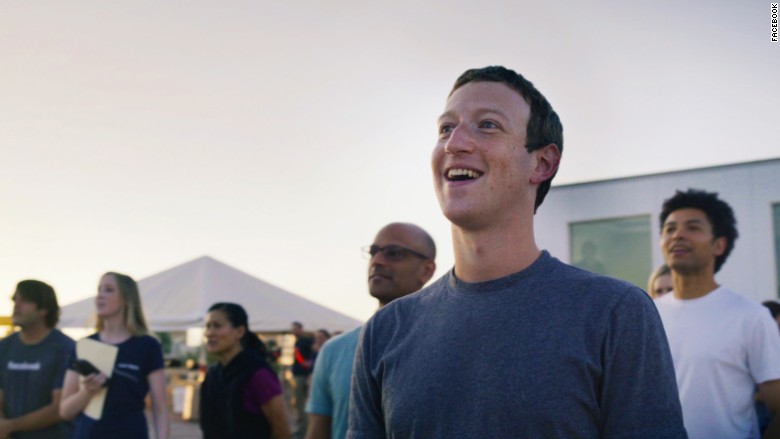
Are Facebook freaking out about Adblockers?
Right now it is the biggest threat to their substantial profits.
In 2016, one in four Americans will use an ad blocker, and in just one year the number of users will surge from 70 to 87 million.
Online publishers will see a large drop in revenue. An estimated $21 billion was lost due to blocked advertising during 2015.
That’s why premier publishers such as The New York Times and Forbes have begun experimenting with tactics to wean users off ad blocking, including asking consumers to “whitelist” their sites so that ads may still appear.
Not a company known for half measures, Facebook has decided to sidestep the entire issue of ad blocking.
The advertising juggernaut, which took in over $17 billion in ad revenue in 2015, has deployed technology that neuters all ad blockers for desktop content – allowing Facebook to serve ads on its desktop site even to people who have ad blocking software installed and running.
Facebook’s solution to ad blocking is two-pronged and also flawed.
It offers an “expanded” set of tools to give consumers more control over their advertising experience while “updating” their approach to ad blocking on Facebook.
The idea is that by telling Facebook more about your preferences, you will get more targeted advertising, and who doesn’t like more targeted ads?
Not P&G, who last week famously pulled back from targeted ads.
The reasoning also breaks down almost immediately when you consider that consumers who have already installed ad blockers will probably not respond well if those ad blockers are disabled without their permission.
Facebook’s new offering fails to address advertising fatigue or the poor quality of digital advertising units, which were the main drivers behind adoption of ad blockers in the first place.
Clearly, ad blocking was becoming a big enough problem for Facebook that they had to figure out a way to get around it.
Perhaps the move is not quite the “dark path against user choice” that some have called it. But showing ads to people who have downloaded ad blockers is spammy and short-sighted.
It’s likely consumers will continue to tune out the targeted ads as they do most digital advertising.
Posted in: Infographic of the day | Leave a Comment








